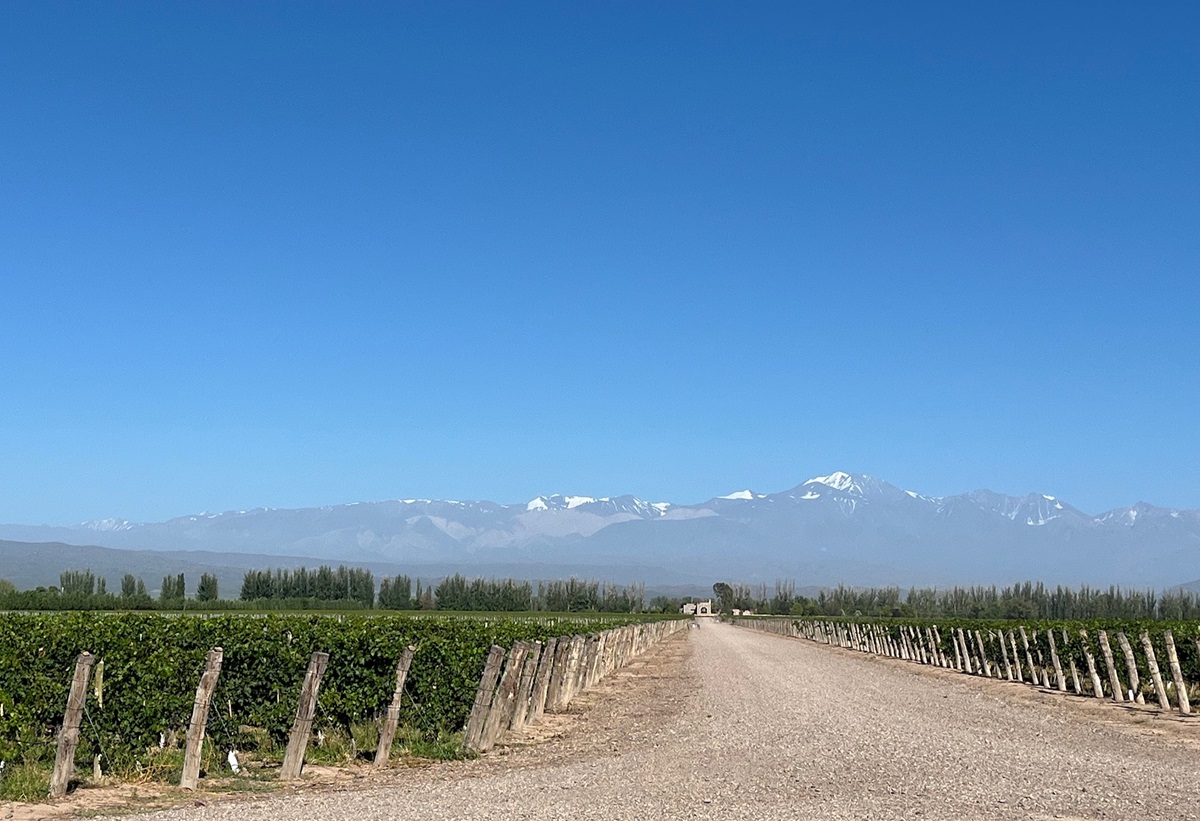HOW A SCOT HELPED JEREZ REDISCOVER ITS SOUL
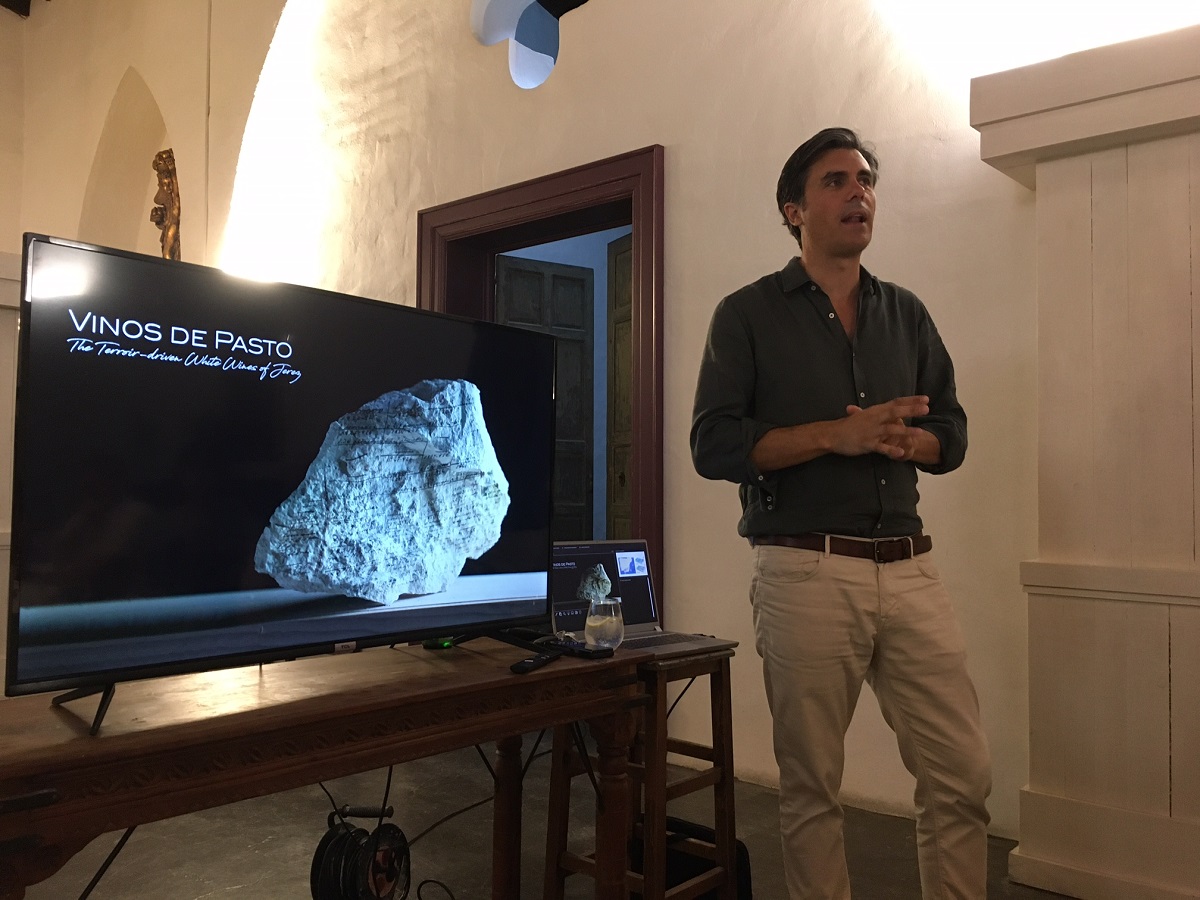
Scotsman James Busby, the C19 viticulturist and pioneer, is renowned as ‘the father of Australian viticulture’. What is less well known is that he also visited Jerez in southern Spain in 1831 and wrote extensively about his experiences meeting sherry legends like Pedro Domecq.
Nearly two centuries on, Edinburgh-born Busby’s old C19 journals have proved the inspiration for modern day Jerez winemakers to recreate and restore the importance of the vineyard and its special ‘albariza’ soils.
When I recently met winemaker Willy Perez (pictured above) of Bodegas Luis Perez at Jerez’s top La Carbona restaurant for a fascinating seminar and wine pairing dinner on Vino de Pasto (unfortified wines), he told me that despite being born into a Jerez wine family his own interest in sherry was aroused by Busby’s adventures.
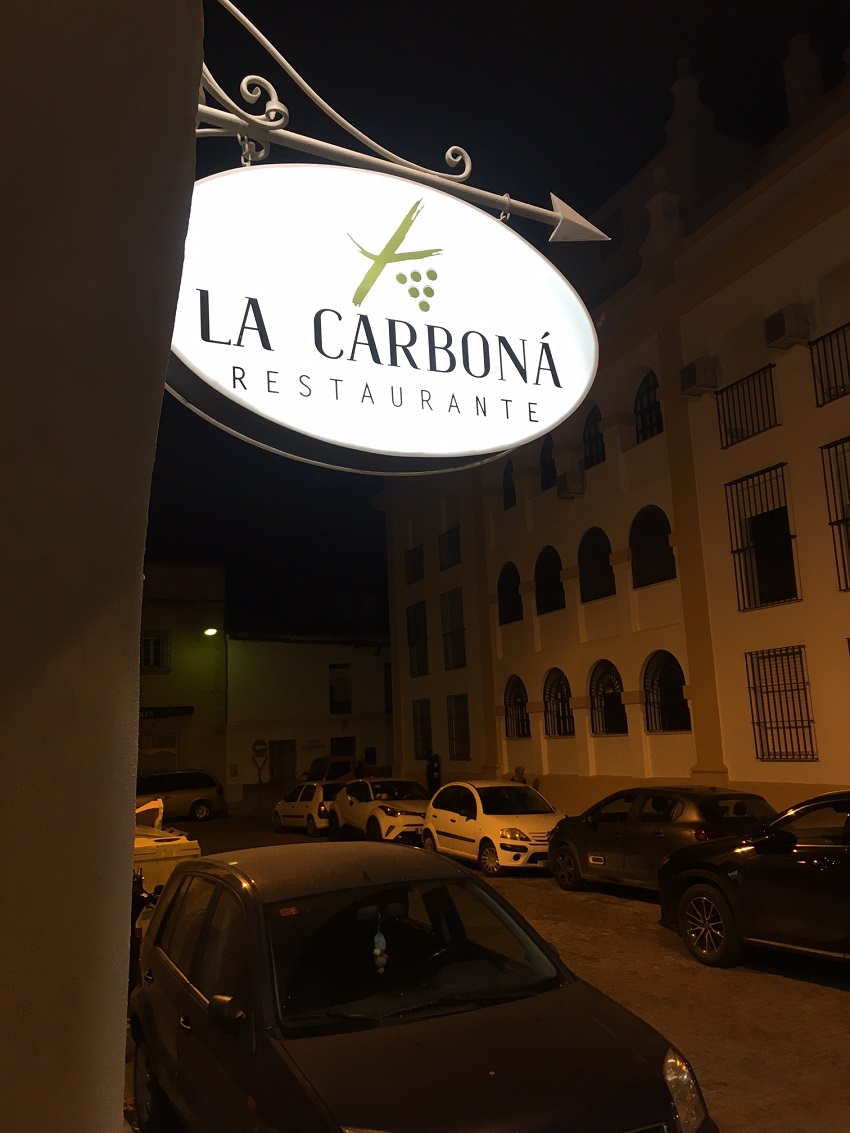
“It was like a lightbulb moment for me when I discovered Busby’s book”, says Perez. “I had just returned from McLaren Vale in Australia – learning how to make Shiraz – and was amazed to find that this Scotsman had also actually been to Jerez and written about wines classified by vineyard parcels”.
Perez was born in 1981 at a very difficult time in the sherry industry. “I only knew crisis and the 1990s were a nightmare for us”, he says. “My father Luis became disillusioned with the sherry industry and started his own vineyard in 2002 making only red table wines under Tierra de Cadiz – planting Syrah, Merlot and local Tintilla”.
Up until the 1970s, the wine industry in Jerez had been very different. It had focused on the soils and vineyards, with the best plots from the first 1771 classification selected for top wines. Soil was believed to be more important than ageing in the bodega.
All this changed as the industry rapidly expanded with export blends dominating and ‘pagos’ (vineyards) mixed together in vats. “Everything moved away from the vineyard’s importance, to the bodega itself becoming key”, explained Perez.
To get the most out of Jerez’s vineyards today, Perez, with his Sanlucar-based winemaking friend Ramiro Ibanez, set out to study all Marco de Jerez pagos as they had been in the past, to help them restore the historical value of vineyard plots once defined by altitude (the higher the better). Alongside this, in 2015 the Consejo Regulador’s own research produced the first vineyard register of pagos in modern times.
“What had also been forgotten was that the different vineyards gave the ‘flor’ yeast essential for biological ageing, making Finos and Manzanilla”, explained Perez.
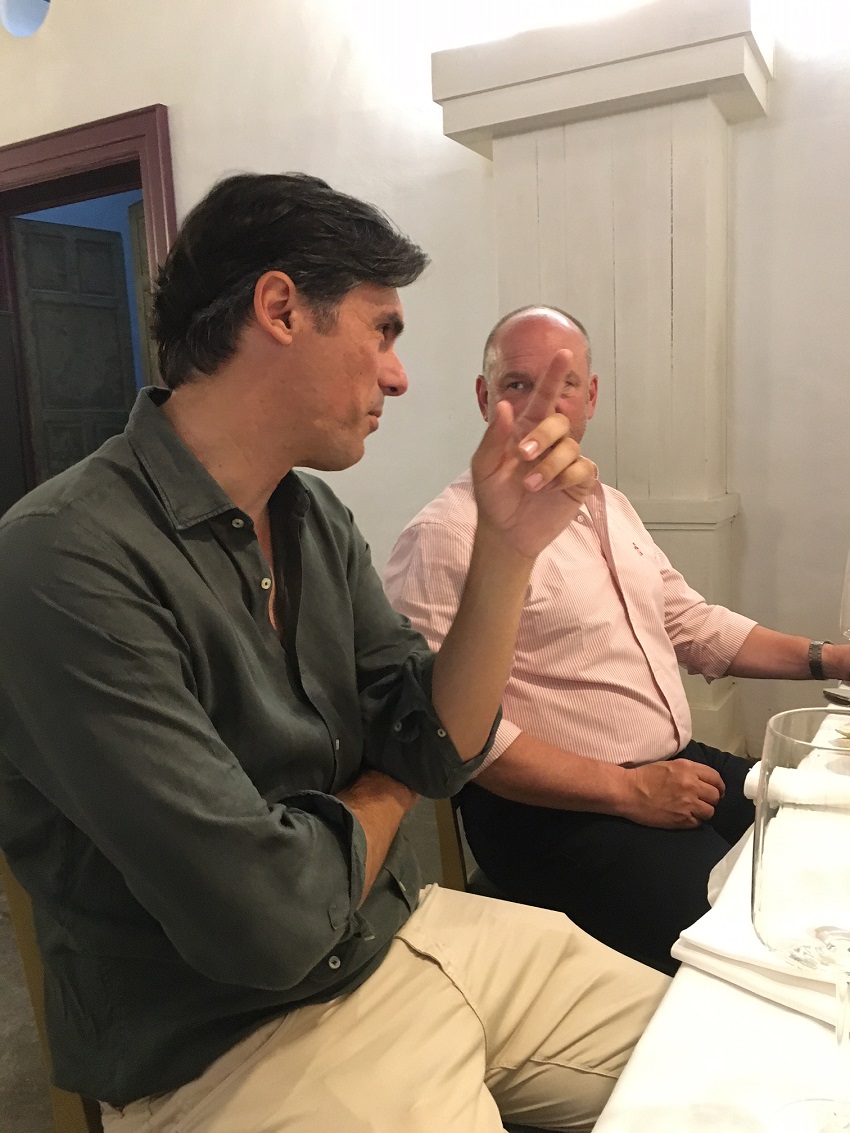
Today Perez and Ibanez create a fascinating range of white table wines made from Palomino grapes using restricted biological ageing (flor development) experiments to add texture and complexity, instead of always relying on oak to add nuances as done in other regions of the world like Burgundy.
Another historical aspect which Perez revived is the art of ‘asoleo’, a natural way of increasing alcohol by sundrying grapes on wicker mats as an alternative to fortification – with grapes pressed in lagares in each pago. “Back in 1969 it was mandatory to have one day sundrying grapes destined for Fino and two days for Oloroso, but then it was abandoned for Palomino, only used for Moscatel and Pedro Ximenez”, explained Perez.
Mandatory fortification set by Consejo Regulador has now been lifted. Sherry does not now have to be fortified, if it achieves 15% or 17% naturally.
Delving into the history books, Perez discovered 78 native grapes in Jerez (45 white, 33 red) and early C19 ampelographer Simon Rojas Clemente had analysed 43 of them. Today, 95% of plantings are Palomino with a little Moscatel on sandier soils and Pedro Ximenez, but recent laws have approved six historic grapes in the region.
By researching the different ‘albariza’ subsoils from the layered microfossils with multiple diatoms of Tosca de Barajuelas, the harder Tosca Cerrada to softer sandier limestone-based Tosca Lentejuelas of coastal Miraflores, Perez and Ramiro are aiming to get the most out of Jerez’s historic pagos: Carrascal, Balbaina, Anina and the highest Macharnudo Alto.
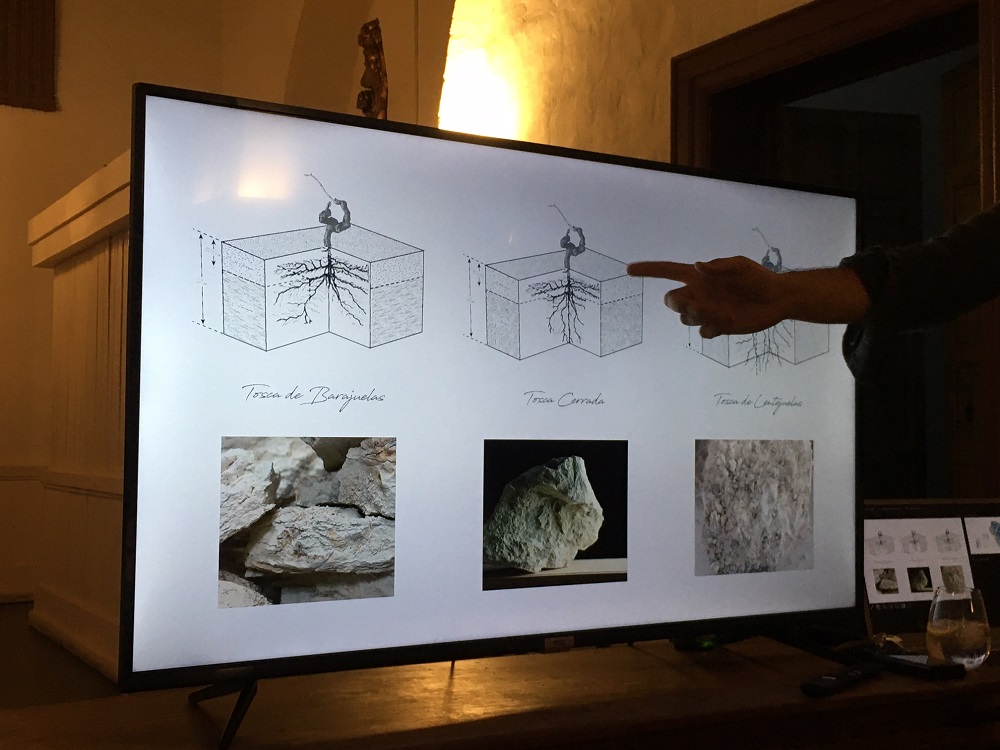
At our tasting, Perez showed a series of 100% unfortified Palomino wines from Bodegas Luis Perez (made by Perez) and Bodegas Cota 45 (made by Ramiro Ibanez).
He also showed six wines (pictured below) from their joint experimental label, La Riva, which they set up in 2016. This renowned Jerez brand was created by C19 Manuel Antonio De la River and rescued by Perez & Ibanez who work with growers from different pagos.
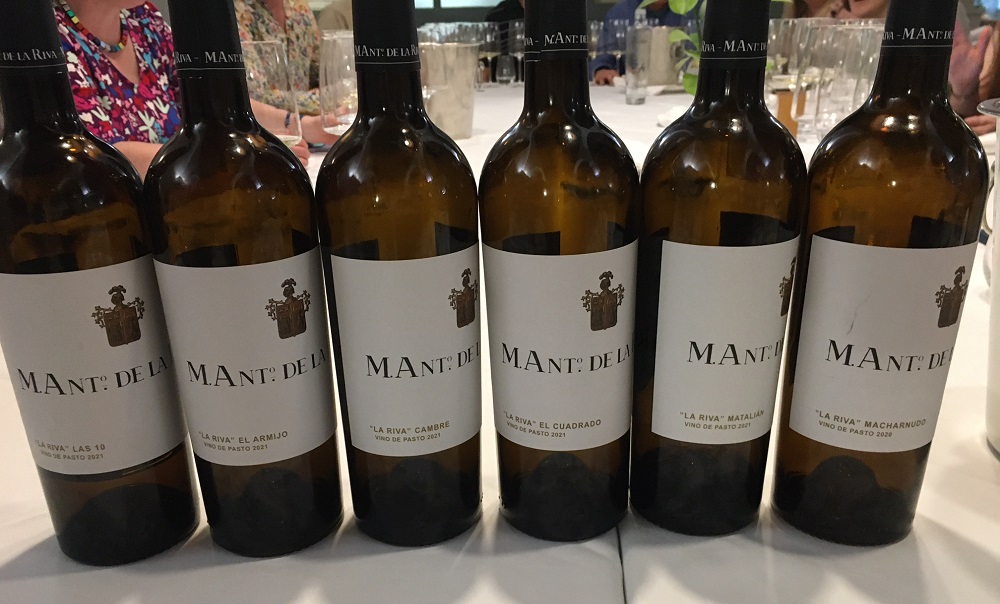
These include: Las 10 from Carrascal, El Armigo from Miraflores, Cambre and Cuadrado from Balbaina and Matalian from southerly Chiclana’s Pago del Inglesa. The labels on these wines are almost identical apart from a tiny listing on the bottom left hand corner, so quite hard to read and decipher. Apparently all the wines in the series are all made in the same way and highlight the difference between the pagos they hail from.
The dynamic winemaking duo are not the first to make unfortified Palomino wines in the modern era. In 2008 Eduardo Ojeda and Jesus Barquin of Equipo Navazos produced Navazos Niepoort inspired by Dirk Niepoort. They subsequently introduced more under their La Bota de Florpower and OVNI labels. Today 20 producers in the region produce unfortified wines – and the number is growing.
What Perez and Ibanez have done is to delve into the history books and get back into the vineyards, proving an inspiration for others to follow after the region’s industrialisation – but it was thanks to the Scotsman Busby who initially inspired them.
WHITE WINES
(ALL UNFORTIFIED PALOMINOS)
EL MUELLE DE OLASO 2021 Bodegas Luis Perez
£16 The Sourcing Table
Nutty peachy salty minerality, rich and savoury from Barajuela albariza with 20% sundried grapes fermented in seasoned oak.
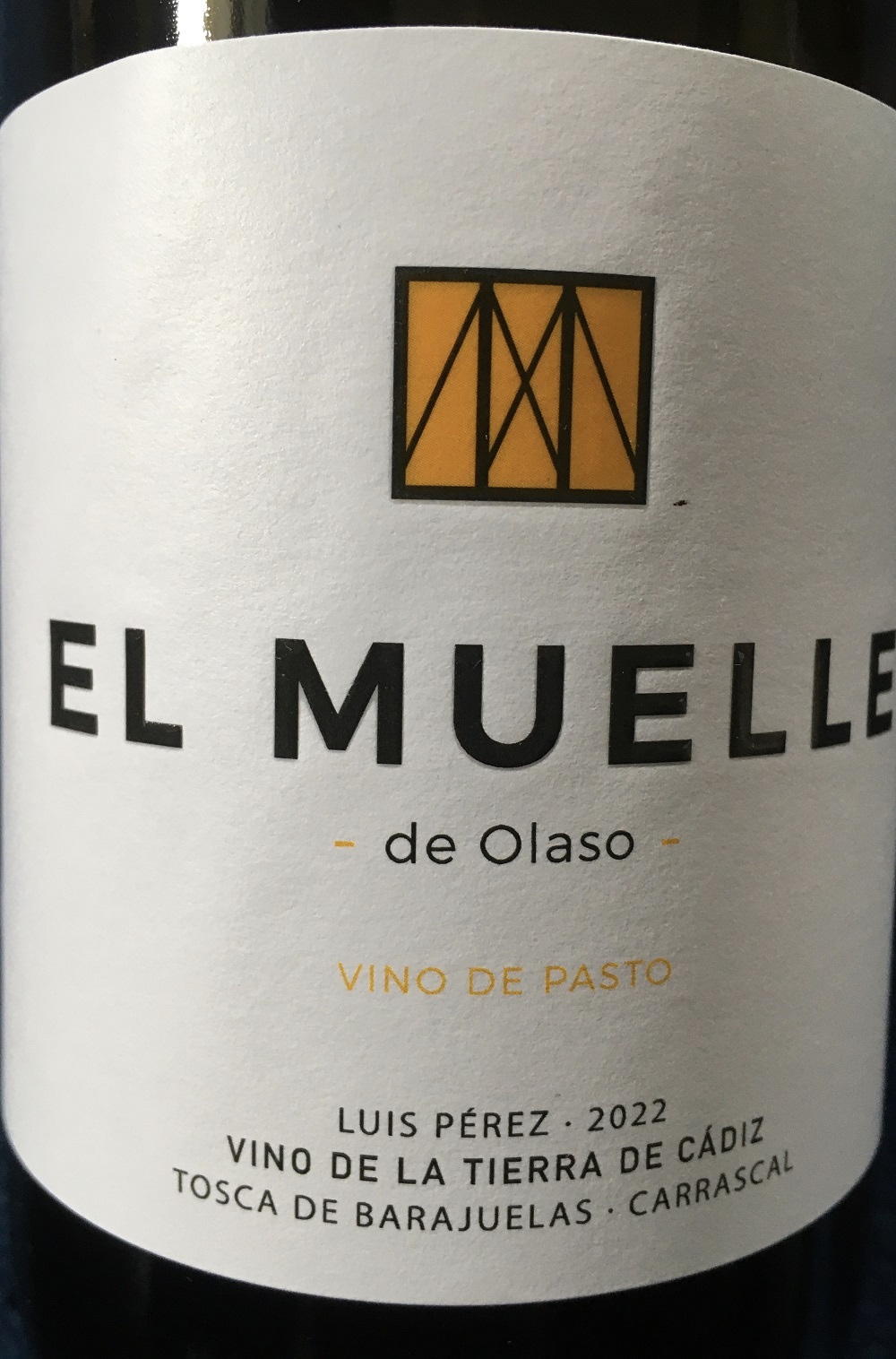
LA ESCRIBANA 2021 Bodegas Luis Perez ***STAR BUY***
£26 The Sourcing Table
From Cerro de Obispo in Macharnudo Baja, a blend of two pickings aged in sherry butts under a light flor; rich intensity, citric concentration, honeyed notes, fine saline edge. (In 2022 a warmer year, Perez did not ferment in sherry casks, but used tank ferment initially).
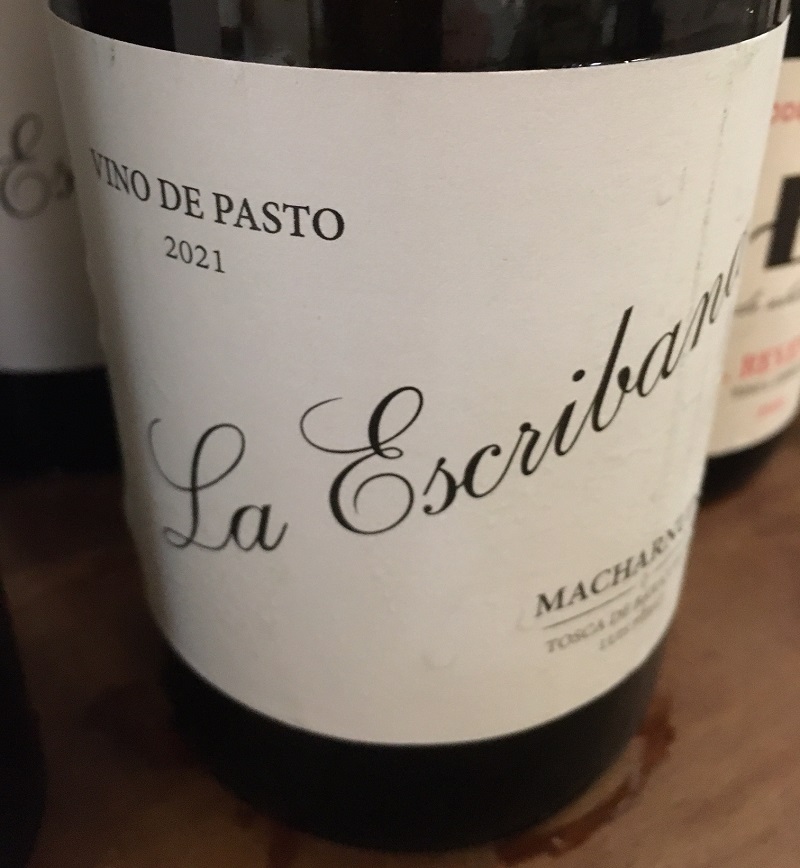
UBE MIRAFLORES 2022 Bodegas Cota 45 (12%)
£24.50 The Sourcing Table
Five vineyard blend from Miraflores pago. Whole bunch pressed and fermented with indigenous yeast, aged under flor for one year in very old 100 year old butts; intense floral camomile notes, ripe citric fruits with salty hints, rich & long (11.5%).
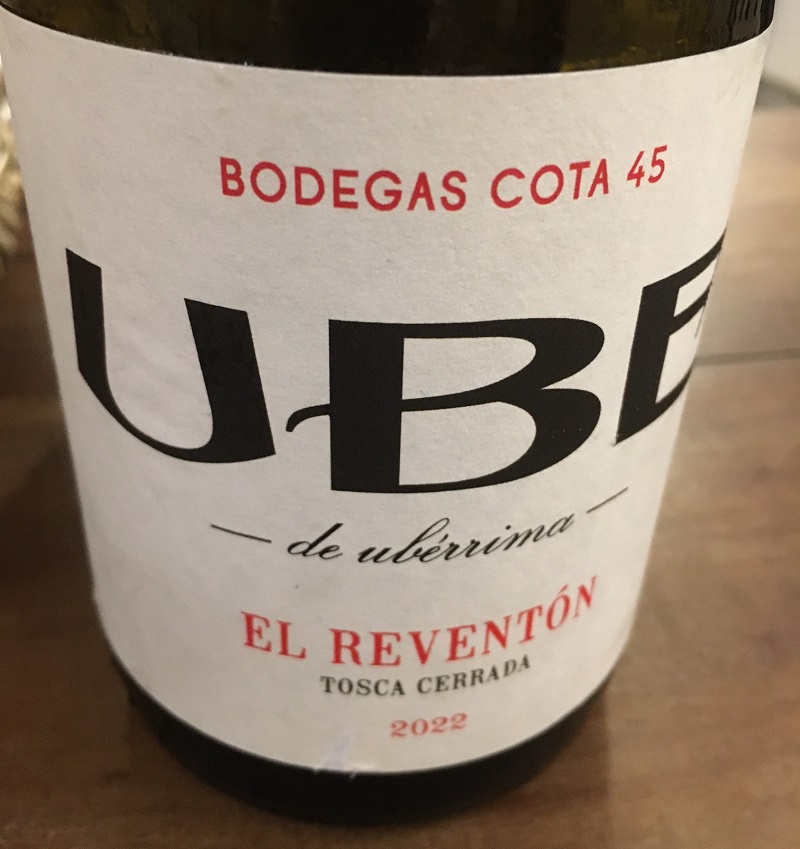
UBE EL REVENTON 2022 Bodegas Cota 45 ***STAR BUY***
£24.50 The Sourcing Table
From a single vineyard near Sanlucar with Tosca Cerrada albariza soil; fermented with natural yeast in old sherry butts, 3-4 months under flor, matured in old manzanilla casks. More weight, breadth and texture here – again with saline finish (12%).
CABERRUBIA FINO NV Bodegas Luis Perez
£25-£27.99 Corks of Bristol; Thorne Wines; Solent Cellar; The Sourcing Table
An unfortified sherry (14.5%) reviving the C19 tradition of a non vintage blend of different vintages of Barajuela – which is not solera-aged. Richer rounder than other Finos on the market with lovely citric concentration – not much flor character showing – but very attractive.
‘LAS 10’ 2021 Bodegas De La Riva
E30 www.winesearcher.com
From the central part Carrascal pago, just 3 km from the Atlantic; fermented and aged 12 months in 500 litre sherry butts under flor. Floral notes, sleek crisp citric fruits quite spicy undertones (12%).
ARMIGO 2021 Bodegas De La Riva
E30 www.winesearcher.com
From the Armigo plot within Miraflores pago. Fermented and aged 12 months in 500 litre sherry butts under flor. Richer than Las 10 with more citric concentration and a delightful soft texture – one of my favourite in the series.
CAMBRE 2021 Bodegas De La Riva
E30 www.winesearcher.com
From Cuadredo in Balbaina; fermented and aged 12 months in 500 litre sherry butts under flor; very elegant, citric fruits with distinct saline and minerally undertones from its coastal location.
EL CUADREDO 2021 Bodegas De La Riva
E30 www.winesearcher.com
This single vineyard Palomino comes from the popular Balbaina Alta pago – wonderfully layered concentration, definite saltiness, lingering length – very impressive.
MATALIAN 2021 Bodegas De La Riva
N/A in UK
From pure albariza soils in Pago del Ingles in Chiclana de la Frontera owned by Primitivo Collantes; showing lovely chalky purity and rich intensity with a saline touch.
MACHARNUDO 2020 Bodegas De La Riva ***STAR BUY***
£49.95 Thorne Wines; Indigo Wines
Grapes from El Notario vineyard in northern part of Macharnudo Alto (115m). Manual harvest, grapes sundried for 8 hours after picking, fermented with natural yeasts in one year old 600 litre sherry casks with flor allowed to develop – 10 months under flor. Light honeyed nose, rich intense, quite spicy & herby, flinty and salty notes.
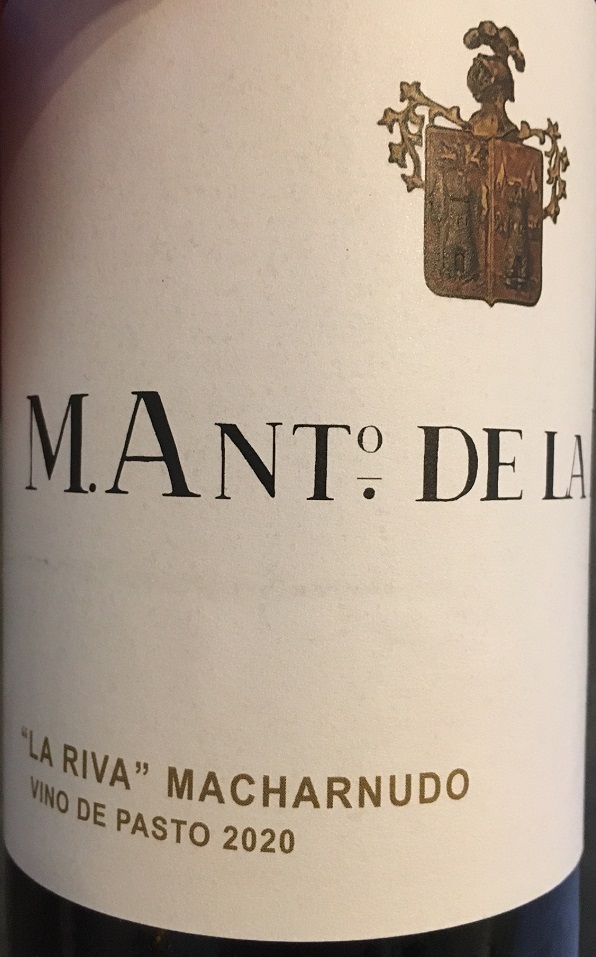
RED WINE
TINTILLA CARRASCAL 2020 Bodegas Luis Perez
£28.50 The Sourcing Table
Deep and dark in colour, but lighter on the palate with cherry fruits, spicy, vibrant acidity and soft rounded tannins – made from the Tintilla de Rota grape originally grown on Rota’s sandy soils, but the Perez family have planted it on albariza soils in Carrascal pago.
DESSERT WINE
PANDORGA PX 2021 Bodegas Cota 45
£41.60 Vinissimus
A natural Pedro Ximenez from La Panesa in Carrascal pago. PX grapes were sundried for 15 to 20 days, slowly fermented followed by a year of ageing, made by Ramiro Ibanez in the historic way they used to make PX with no fortification. Honey, quince and figs aroma, appley palate with balsamic and dried grape notes, velvet smooth palate with good freshness despite intense sweetness.
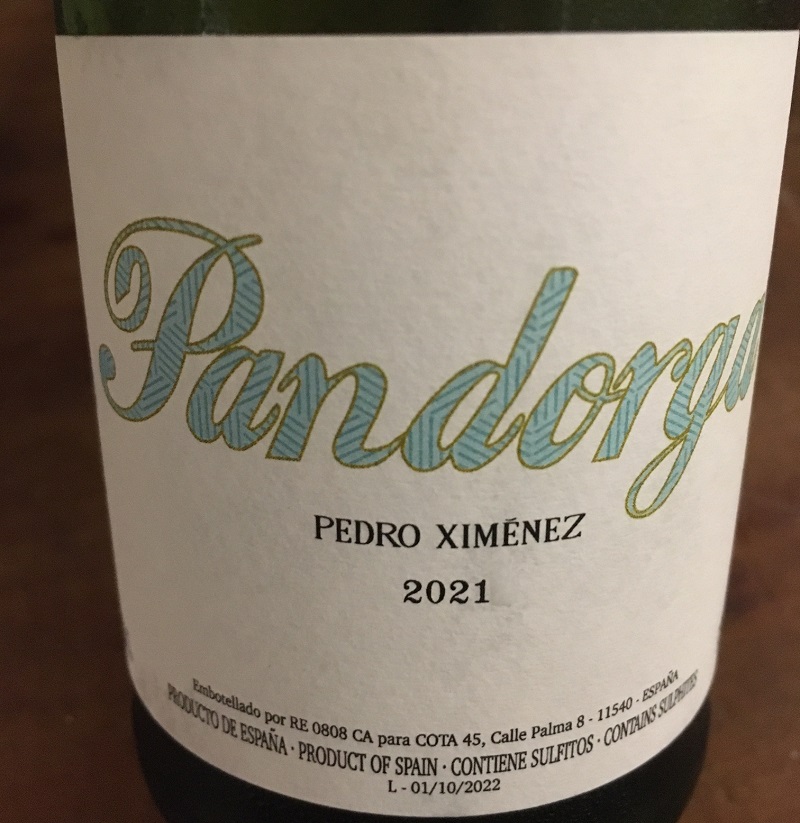
By Rose Murray Brown MW Published in The Scotsman 15 July 2023
Join Rose’s Escorted Wine Tours www.rosemurraybrown.com
wine tastings
The perfect gift for the wine enthusiast in the family. Rose does In-person tastings too.
cellar advice
Rose does cellar valuations for private clients, valuations for insurers & bespoke portfolio management.
Related stories
March 31, 2024
By Rose Murray Brown MW Published in The Scotsman 30 March 2024 On 2 February 1659, the first wine made from grapes grown in South Africa was crafted by the Governor of the Cape, Jan van Riebeeck. He had planted vines four years earlier in the Company’s Garden near Cape Town from cuttings imported from France. Van Riebeeck’s first
March 24, 2024
By Rose Murray Brown MW Published in The Scotsman 16 March 2024 Heatwaves and bushfires were very much on the agenda when I visited Chile last month as winemakers prepared for their 2024 harvest in blistering heat and drought, with a plume of smoke from the devastating fires lingering over coastal hills. Heat and drought are the greatest challenges
March 23, 2024
By Rose Murray Brown MW Published in The Scotsman 9 March 2024 I have two glasses of Malbec in my hands from the same high-altitude vineyard in Uco valley in Argentina. I am in the Catena Institute of Wine in Mendoza with winemaker Agustin Silva. He has asked me to taste the two wines, both from the 1500m high



